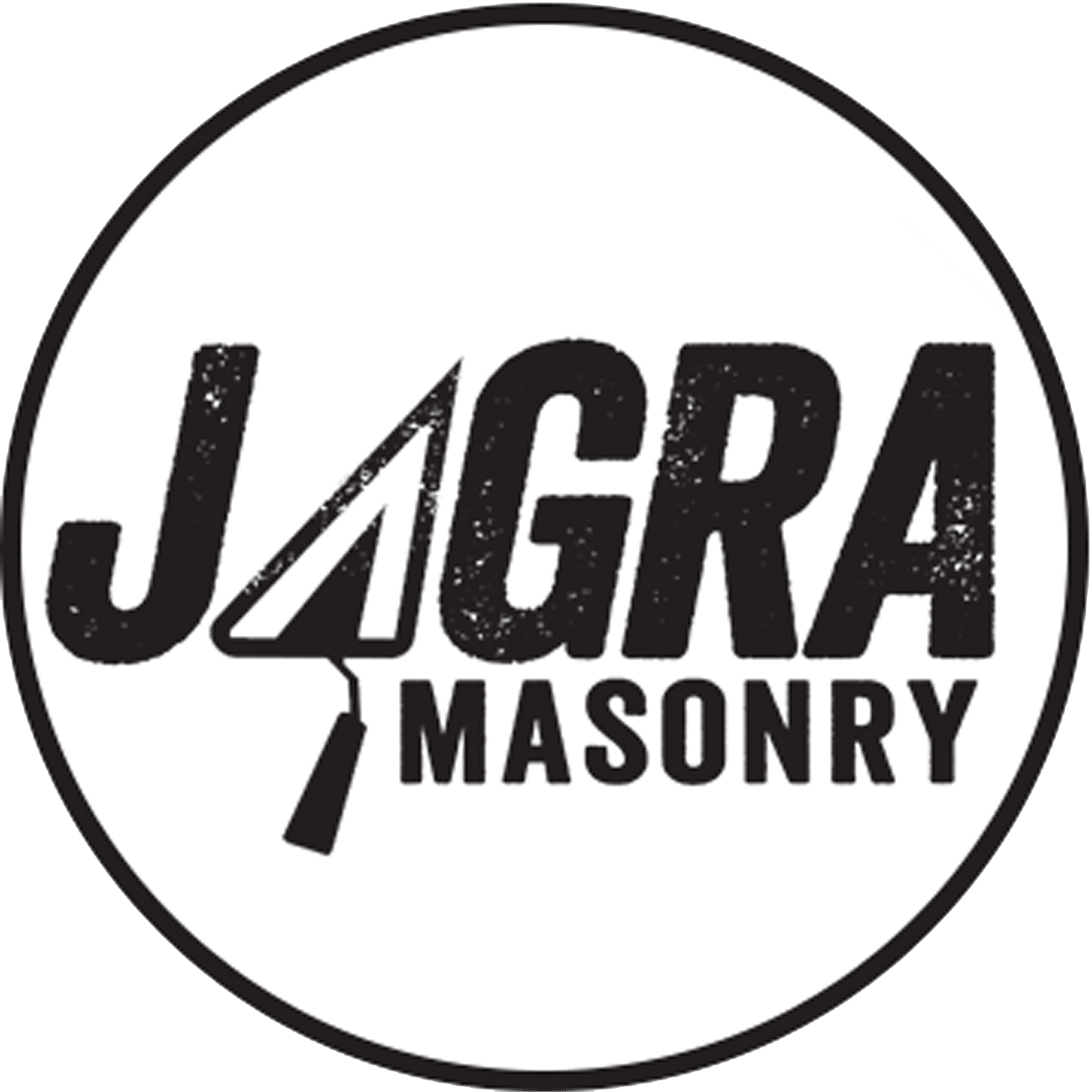An Introduction to Chimney Repair: What Every Homeowner Should Know
May 1st, 2025
An Introduction to Chimney Repair: What Every Homeowner Should Know
May 1st, 2025
Chimneys are an essential feature of many homes, providing ventilation for fireplaces,
stoves, and heating systems. While they are built to withstand years of use, exposure to
weather, moisture, and high temperatures can lead to deterioration over time. Regular
maintenance and timely chimney repairs are crucial to ensuring safety, efficiency, and
longevity.
At Jagra Masonry and Tuckpointing, we specialize in chimney repair and restoration,
helping homeowners protect their investment and maintain a safe living environment. In
this article, we’ll provide an introduction to chimney repair, common signs of damage, and
the importance of professional restoration
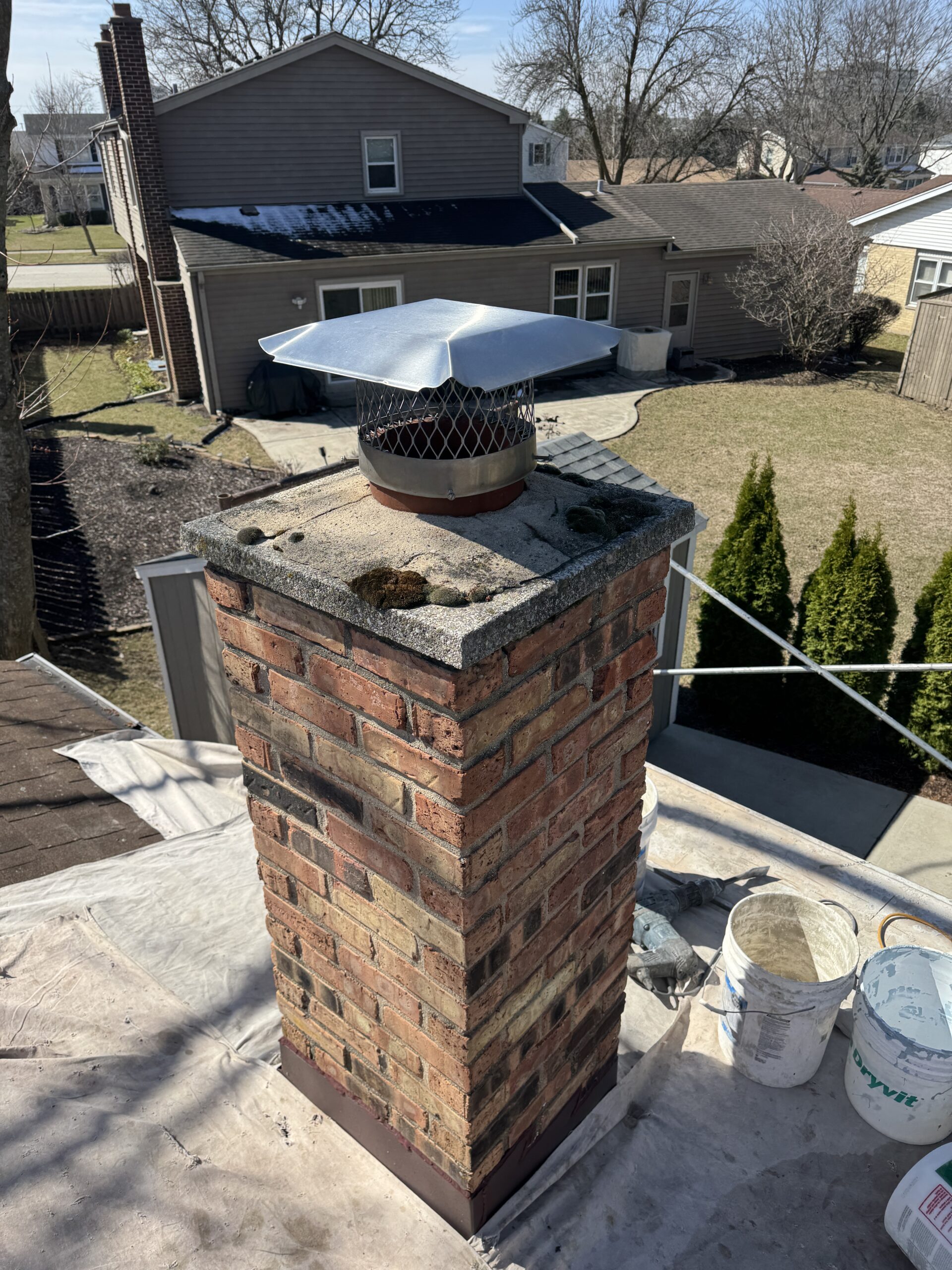
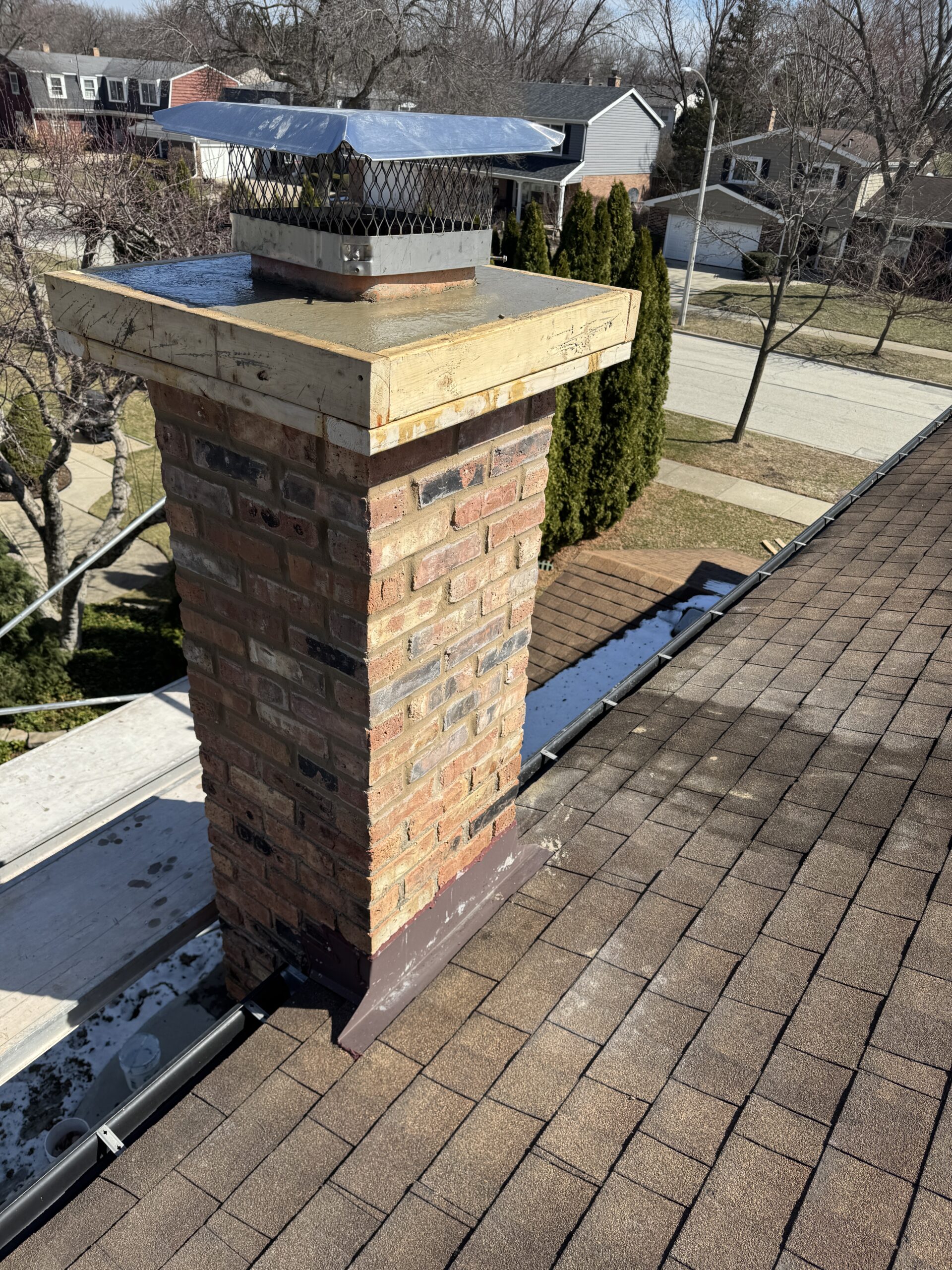
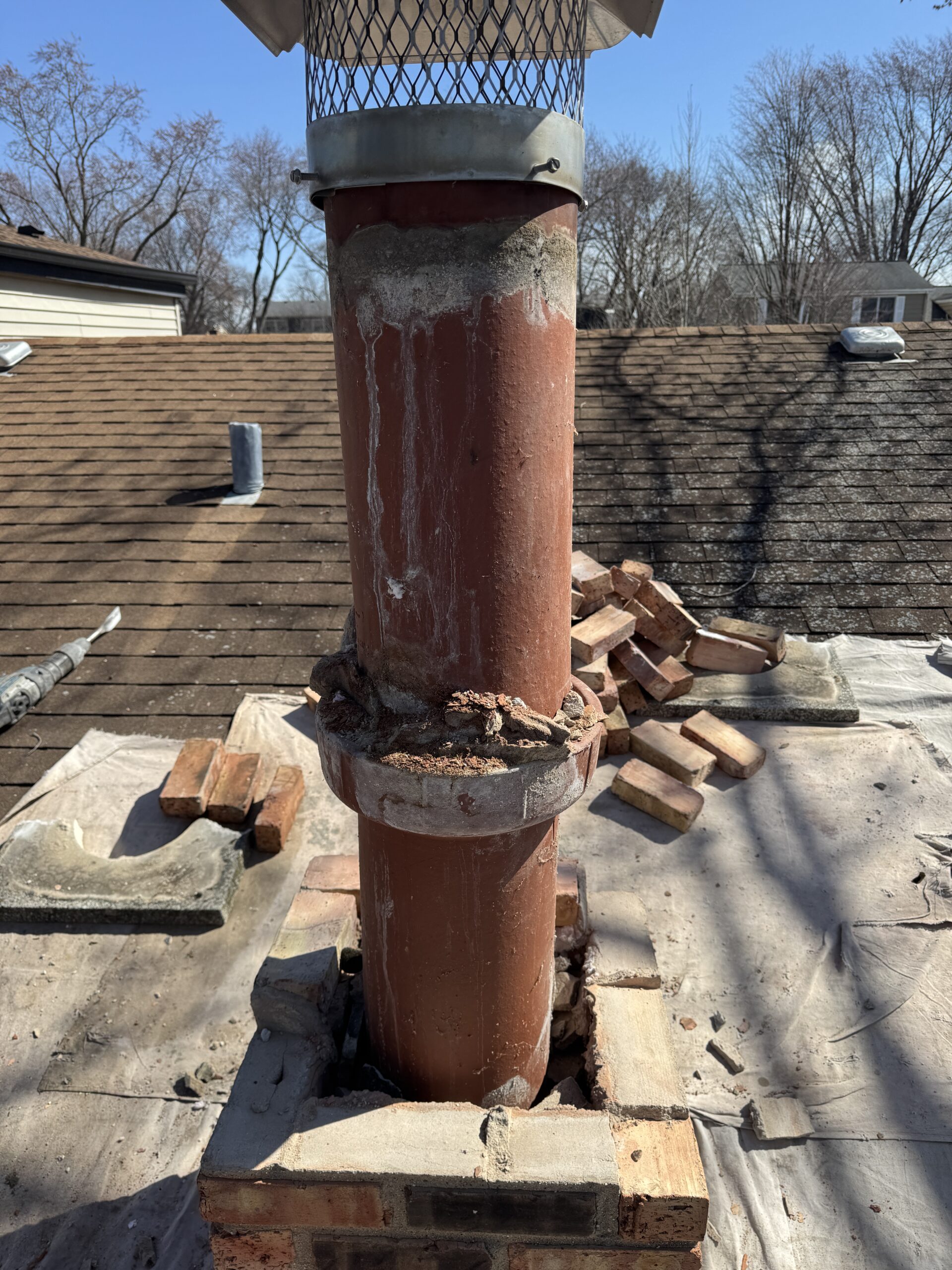
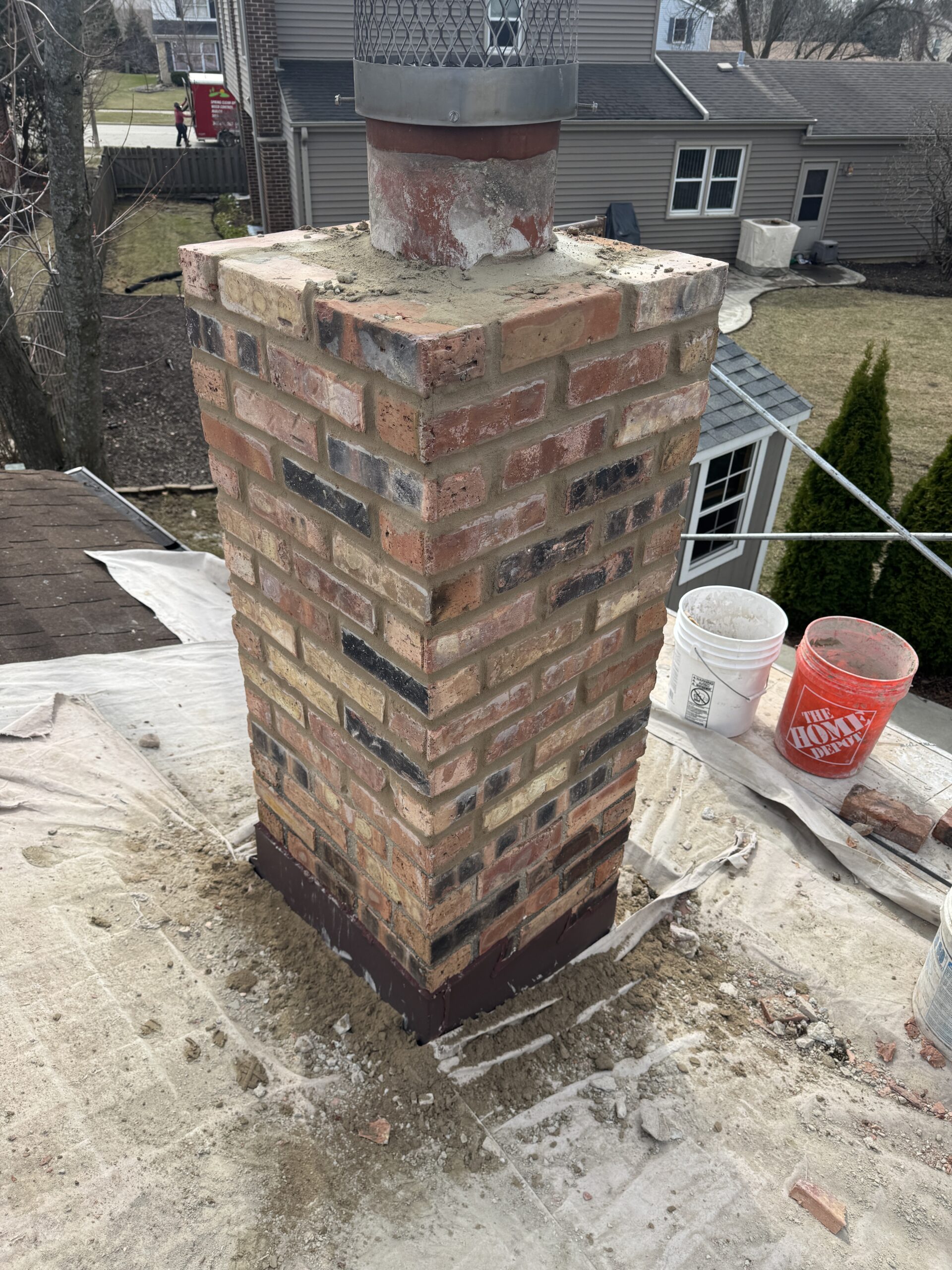
Why Chimney Repair Matters
A properly functioning chimney is vital for the safe operation of your fireplace or heating
system. Here’s why chimney repair should never be overlooked:
1. Prevents Fire Hazards
Cracks, blockages, or damaged flue liners can increase the risk of chimney fires. Repairing
any issues promptly ensures that your chimney safely directs smoke and gases out of your
home.
2. Protects Against Structural Damage
Over time, bricks and mortar can deteriorate due to exposure to rain, snow, and freeze-
thaw cycles. Left untreated, these issues can lead to costly structural damage or even
chimney collapse.
3. Improves Energy Efficiency
A damaged or improperly sealed chimney can allow heat to escape, making it harder to
heat your home efficiently. Sealing gaps and fixing mortar joints can help retain warmth
and reduce energy costs.
4. Prevents Carbon Monoxide Leaks
A failing chimney can cause improper venting of smoke and dangerous gases like carbon
monoxide. Cracks in the flue or blockages can allow these gases to enter your home,
posing serious health risks.
5. Enhances Curb Appeal & Home Value
A well-maintained chimney not only functions better but also adds to the overall aesthetic
and value of your home. Crumbling bricks or missing mortar can make your house look
neglected, whereas a restored chimney boosts curb appeal.
Common Signs Your Chimney Needs Repair
Not sure if your chimney needs attention? Here are some common warning signs:
- Cracked or crumbling bricks and mortar – Deterioration of the masonry can
compromise the chimney’s structural integrity. - White staining (efflorescence) – A powdery white residue on your chimney
indicates excess moisture, which can lead to damage over time. - Leaning or tilting chimney – If your chimney appears to be shifting, it could be a sign of foundational issues that need immediate attention.
- Deteriorating chimney crown – The crown, which protects the top of the chimney
from water damage, can crack and allow moisture inside. - Rust on the damper or firebox – Rust can indicate excess moisture entering the
chimney, which may be due to a damaged chimney cap or liner. - Smoke entering your home – If you notice smoke backing up into your living space,
it could be due to blockages, liner damage, or poor ventilation.
The Chimney Repair Process
When you hire a professional masonry contractor for chimney repair, the process typically involves:
1. Inspection & Assessment
A thorough inspection identifies the extent of the damage and determines the best course of action. A chimney professional will check the brickwork, mortar, flue liner, and chimney cap for issues.
2. Tuckpointing & Brick Repair
If mortar joints are deteriorating, tuckpointing is used to remove old mortar and replace it with fresh, durable mortar. Damaged bricks can also be replaced to restore structural integrity.
3. Chimney Crown Repair or Replacement
The chimney crown acts as a shield against water damage. If it’s cracked or deteriorating, it may need repairs or a full replacement to prevent further moisture intrusion.
4. Flue Liner Repair or Installation
The flue liner protects the inside of the chimney from heat and gases. If it’s cracked or damaged, it should be repaired or replaced to prevent fire hazards and carbon monoxide leaks.
5. Chimney Cap Installation
A chimney cap prevents rain, debris, and animals from entering your chimney. Installing or replacing a cap is a simple yet effective way to extend the lifespan of your chimney.
Trust the Experts for Chimney Repair
Chimney repairs require specialized knowledge and expertise to ensure long-lasting results. At Jagra Masonry and Tuckpointing we have years of experience restoring chimneys to their best condition. Whether you need minor repairs, tuckpointing, or a full chimney rebuild, we’re here to help.
If you’ve noticed signs of chimney damage or just want a professional inspection, contact us today for a consultation. Let’s keep your chimney safe, functional, and looking great!
 Written by Reba Ashby
Written by Reba Ashby
A historic preservationist specializing in traditional masonry, architectural conservation, and building assessments.
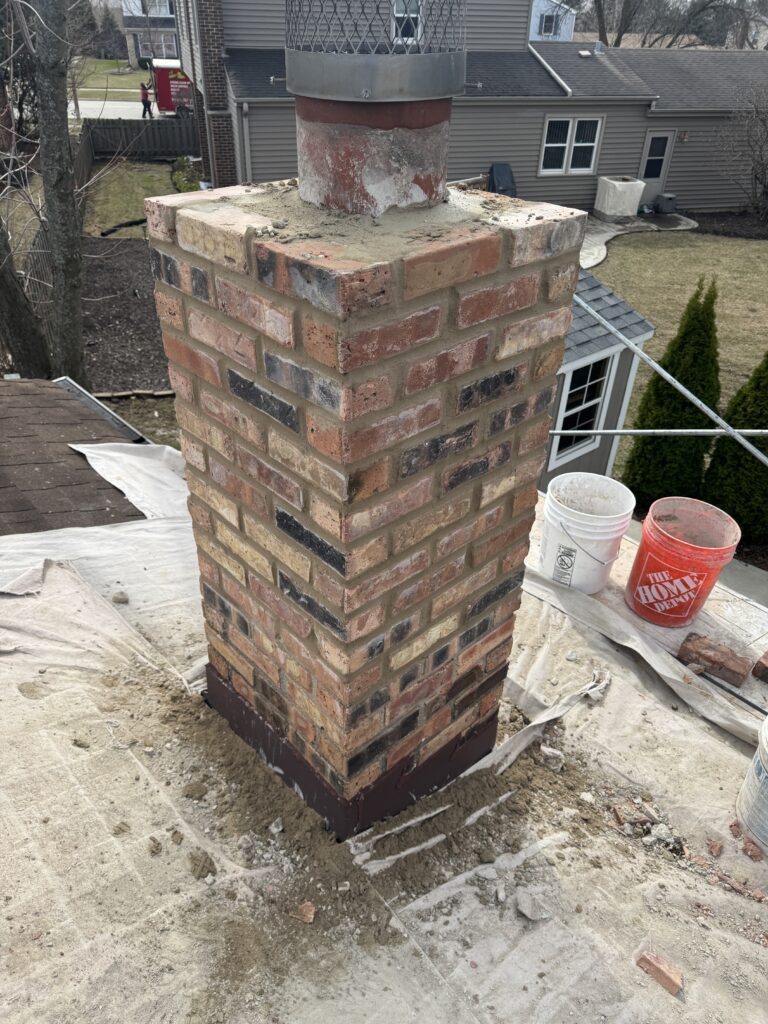
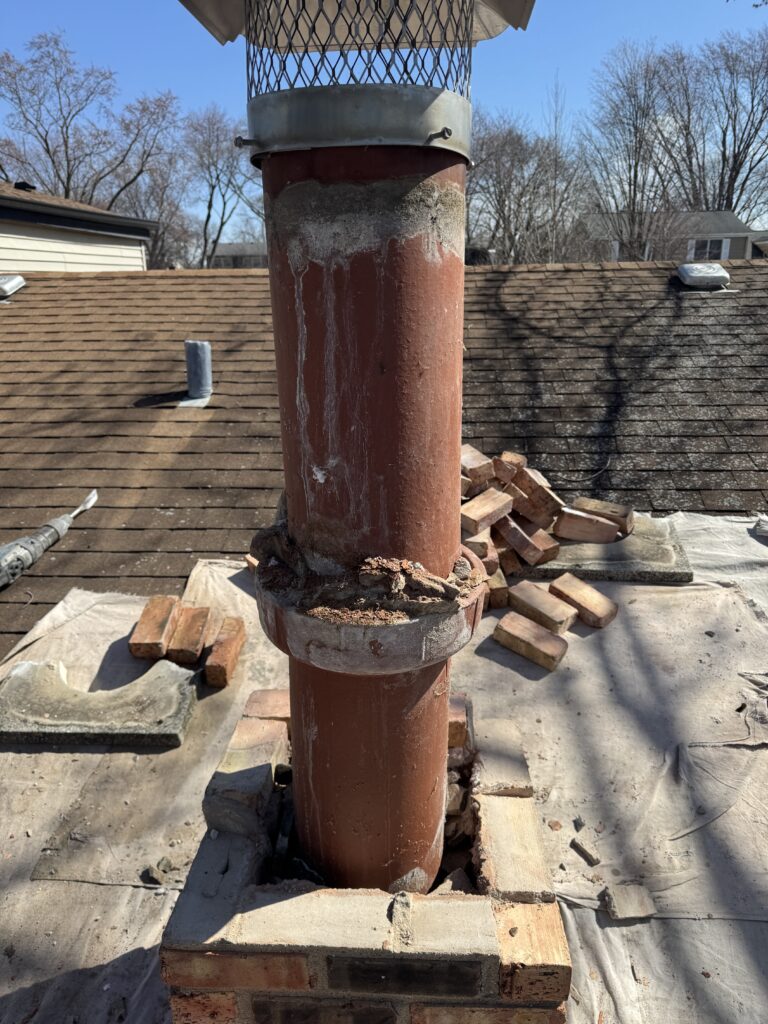
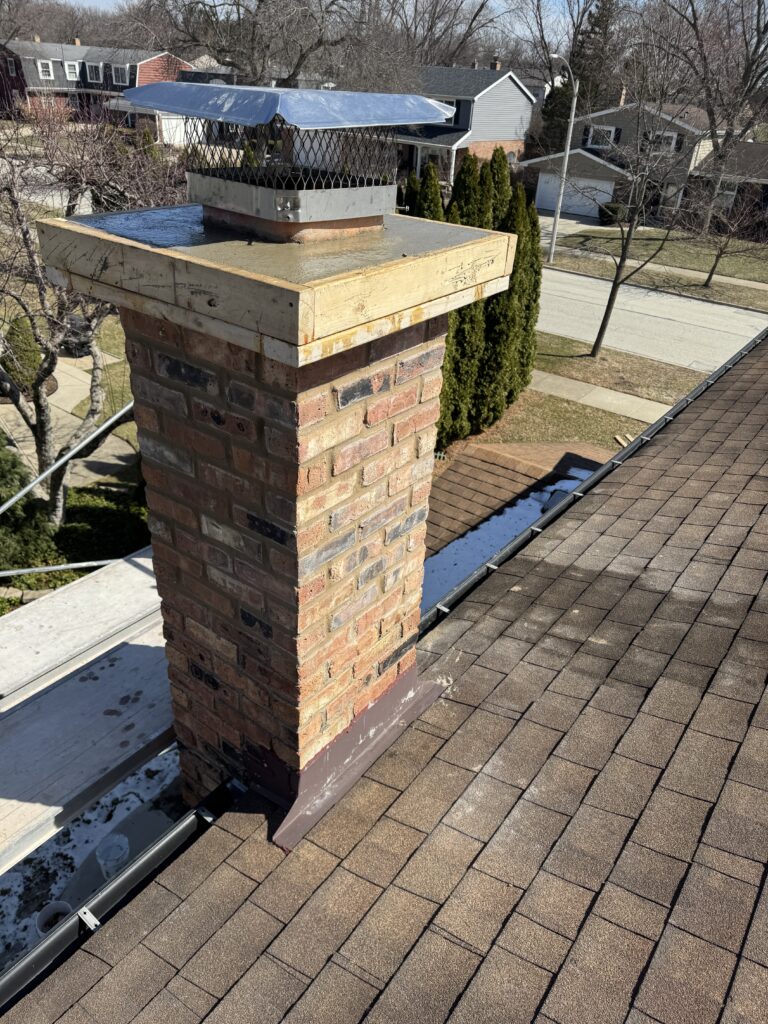
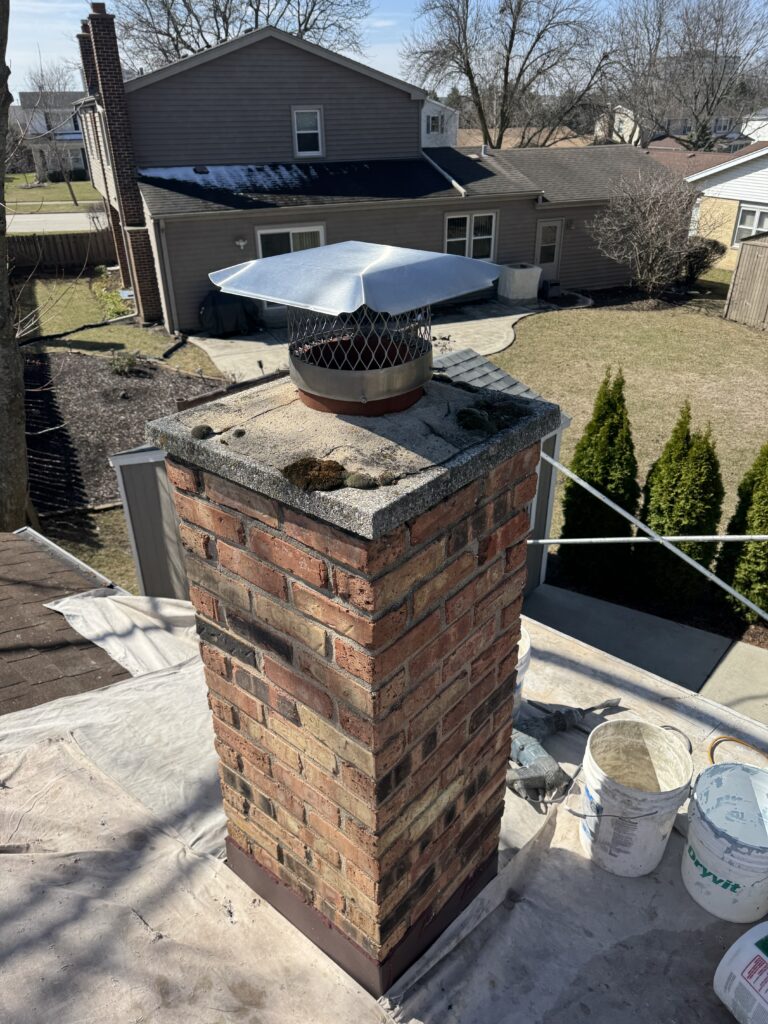
Why Chimney Repair Matters
A properly functioning chimney is vital for the safe operation of your fireplace or heating
system. Here’s why chimney repair should never be overlooked:
1. Prevents Fire Hazards
Cracks, blockages, or damaged flue liners can increase the risk of chimney fires. Repairing
any issues promptly ensures that your chimney safely directs smoke and gases out of your
home.
2. Protects Against Structural Damage
Over time, bricks and mortar can deteriorate due to exposure to rain, snow, and freeze-
thaw cycles. Left untreated, these issues can lead to costly structural damage or even
chimney collapse.
3. Improves Energy Efficiency
A damaged or improperly sealed chimney can allow heat to escape, making it harder to
heat your home efficiently. Sealing gaps and fixing mortar joints can help retain warmth
and reduce energy costs.
4. Prevents Carbon Monoxide Leaks
A failing chimney can cause improper venting of smoke and dangerous gases like carbon
monoxide. Cracks in the flue or blockages can allow these gases to enter your home,
posing serious health risks.
5. Enhances Curb Appeal & Home Value
A well-maintained chimney not only functions better but also adds to the overall aesthetic
and value of your home. Crumbling bricks or missing mortar can make your house look
neglected, whereas a restored chimney boosts curb appeal.
Common Signs Your Chimney Needs Repair
Not sure if your chimney needs attention? Here are some common warning signs:
- Cracked or crumbling bricks and mortar – Deterioration of the masonry can
compromise the chimney’s structural integrity. - White staining (efflorescence) – A powdery white residue on your chimney
indicates excess moisture, which can lead to damage over time. - Leaning or tilting chimney – If your chimney appears to be shifting, it could be a sign of foundational issues that need immediate attention.
- Deteriorating chimney crown – The crown, which protects the top of the chimney
from water damage, can crack and allow moisture inside. - Rust on the damper or firebox – Rust can indicate excess moisture entering the
chimney, which may be due to a damaged chimney cap or liner. - Smoke entering your home – If you notice smoke backing up into your living space,
it could be due to blockages, liner damage, or poor ventilation.The Chimney Repair Process
When you hire a professional masonry contractor for chimney repair, the process typically involves:1. Inspection & Assessment
A thorough inspection identifies the extent of the damage and determines the best course of action. A chimney professional will check the brickwork, mortar, flue liner, and chimney cap for issues.2. Tuckpointing & Brick Repair
If mortar joints are deteriorating, tuckpointing is used to remove old mortar and replace it with fresh, durable mortar. Damaged bricks can also be replaced to restore structural integrity.3. Chimney Crown Repair or Replacement
The chimney crown acts as a shield against water damage. If it’s cracked or deteriorating, it may need repairs or a full replacement to prevent further moisture intrusion.4. Flue Liner Repair or Installation
The flue liner protects the inside of the chimney from heat and gases. If it’s cracked or damaged, it should be repaired or replaced to prevent fire hazards and carbon monoxide leaks.5. Chimney Cap Installation
A chimney cap prevents rain, debris, and animals from entering your chimney. Installing or replacing a cap is a simple yet effective way to extend the lifespan of your chimney.Trust the Experts for Chimney Repair
Chimney repairs require specialized knowledge and expertise to ensure long-lasting results. At Jagra Masonry and Tuckpointing we have years of experience restoring chimneys to their best condition. Whether you need minor repairs, tuckpointing, or a full chimney rebuild, we’re here to help.If you’ve noticed signs of chimney damage or just want a professional inspection, contact us today for a consultation. Let’s keep your chimney safe, functional, and looking great!

Written by Reba Ashby
A historic preservationist specializing in traditional masonry, architectural conservation, and building assessments.
